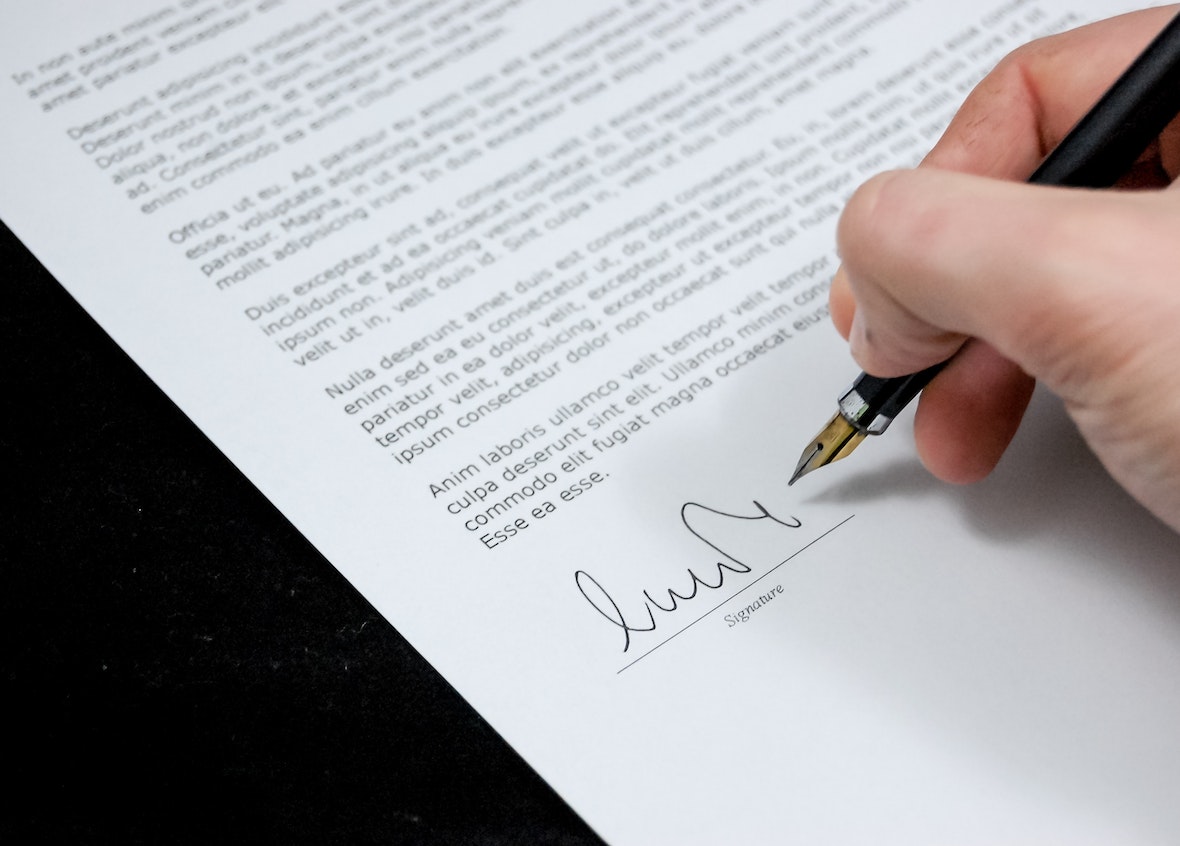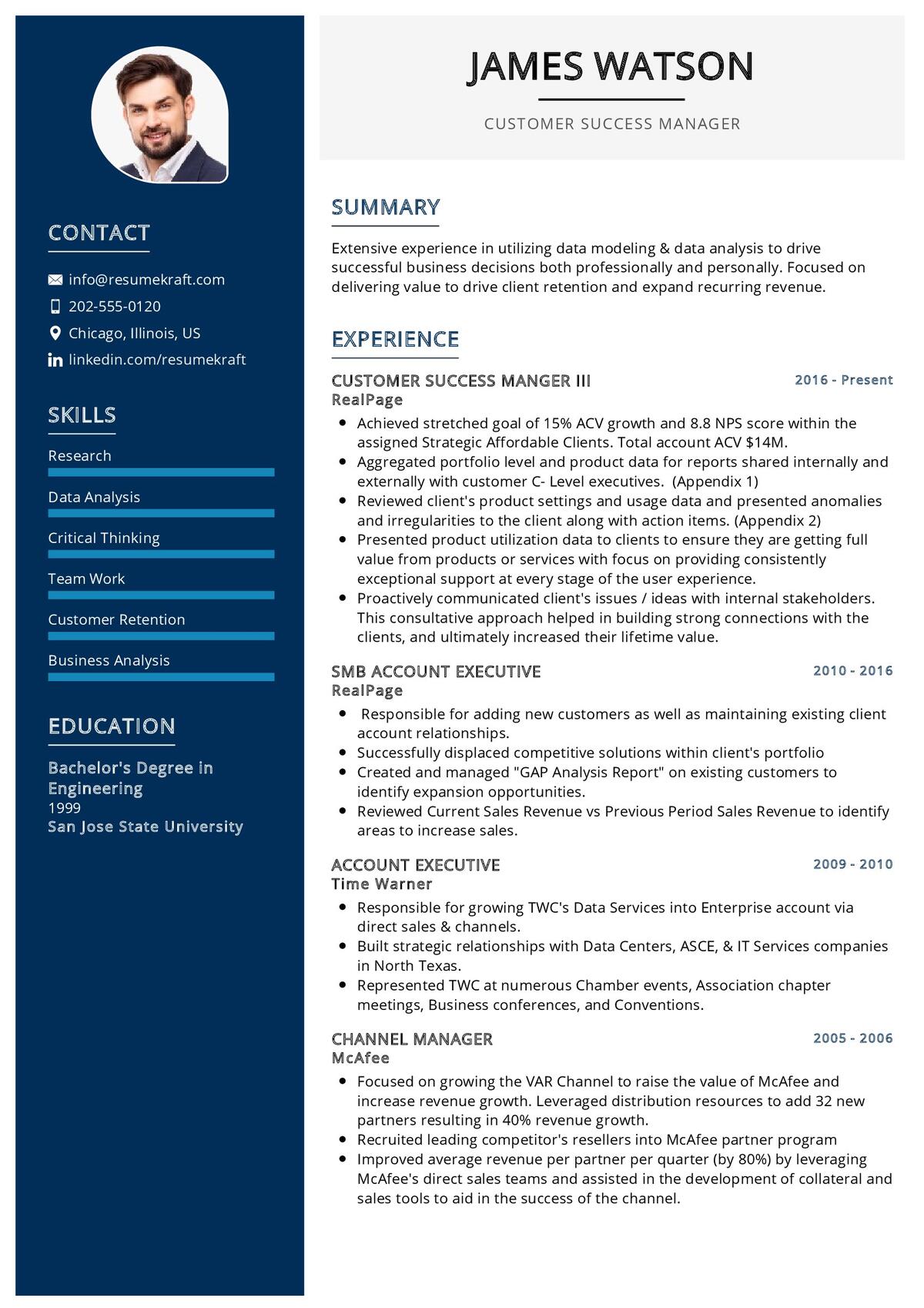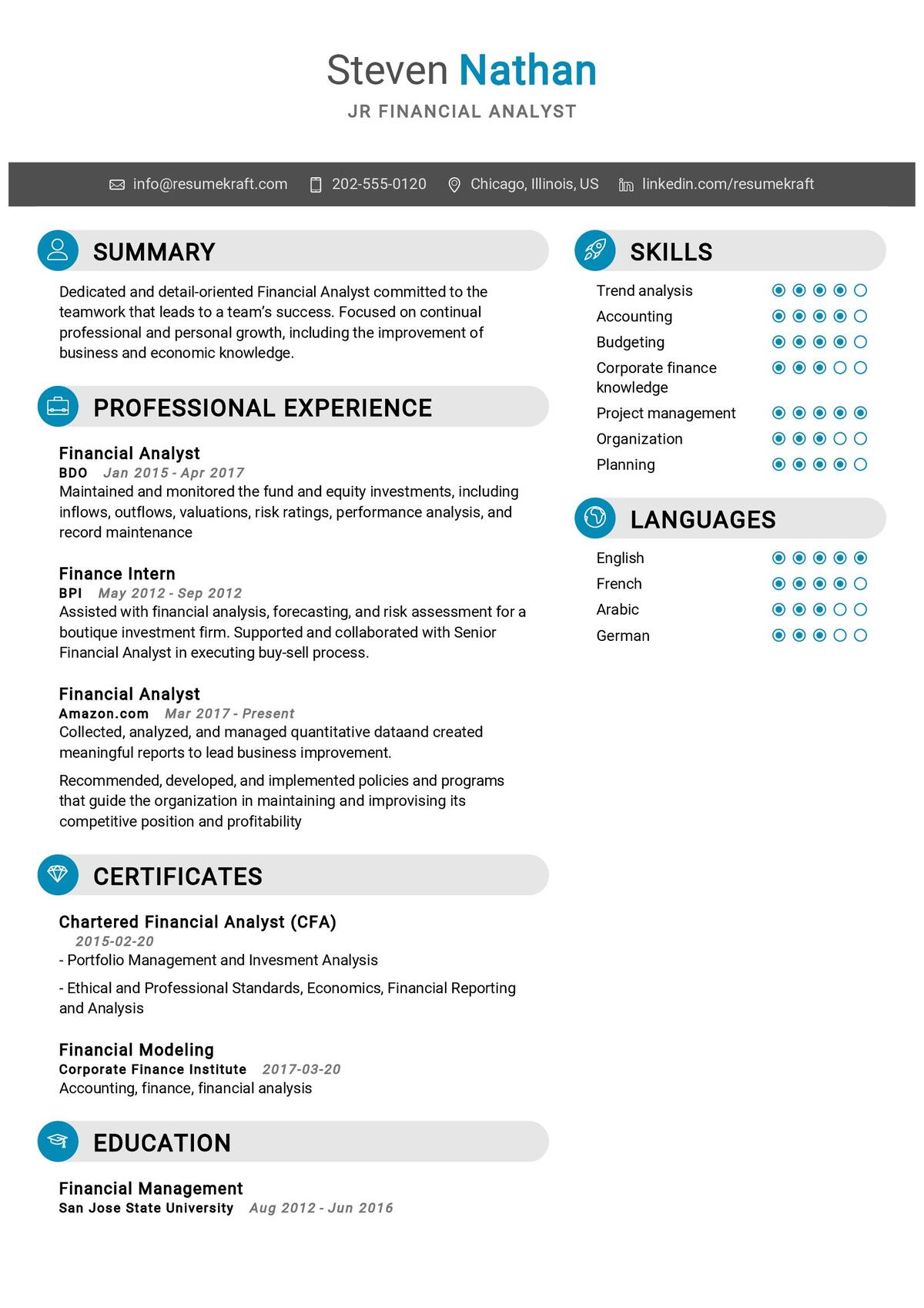
When it comes to job hunting, your cover letter is just as important as your resume. In fact, many recruiters won’t even read your resume if your cover letter doesn’t meet their expectations.
That’s why it’s so important to format your cover letter correctly. In this ultimate guide, we’ll show you how to format a cover letter so that it catches the recruiter’s attention and increases your chances of getting the job.
We’ll cover everything from how to structure your cover letter to what font to use. By the end of this guide, you’ll have a cover letter that’s guaranteed to get you results.
A cover letter is a one-page document that, along with your resume, is sent with your job application. A cover letter is your chance to tell a potential employer why you’re the perfect person for the position and how your skills and expertise can add value to the company.
Introduction:
why formatting a cover letter is important and what elements to consider when formatting.
A cover letter is important because it is the first thing that a potential employer will see. It is important to format a cover letter correctly so that it makes a good impression. There are several things to consider when formatting a cover letter, including the font, the margins, and the spacing.
When choosing a font, it is important to select one that is professional and easy to read. The important thing is to select a font that is not too fancy or difficult to read. The margins of a cover letter should be one inch on all sides. The spacing should be single or double, depending on the font chosen.
It is also important to proofread a cover letter before sending it to a potential employer. This will ensure that there are no errors or typos. Sending a well-formatted cover letter is a key step in securing a job interview. Taking the time to make sure that the cover letter is correctly formatted will show potential employers that the job seekers takes the time to do things correctly and is willing to pay attention to detail.
The post above covers the basics of cover letter formatting. For more information on how to format a cover letter, as well as tips on what to include, check out the following resources:
Basics on Formatting
- Start by introducing yourself
- Outline your key skills and experience
- Tailor your cover letter to the specific job you’re applying for
- Use a professional and positive tone
- Keep your cover letter concise and to the point
- Proofread your cover letter carefully before sending it off
- Include a call to action at the end of your cover letter
- Be prepared to follow up on your cover letter
Step by Step Guide for Formatting
When formatting a cover letter, there are a few key elements to keep in mind.
- First, be sure to include your contact information at the top of the letter, including your name, address, and phone number.
- Next, include the date of the letter.
- Finally, be sure to address the letter to the specific person or company you are sending it to.
When it comes to the body of the letter, there is no one-size-fits-all approach. However, there are a few general tips to keep in mind.
- First, be sure to keep the letter concise and to the point.
- Second, use a professional and courteous tone throughout the letter.
- Finally, be sure to proofread the letter carefully before sending it.
When writing a cover letter, it is important to use a professional and courteous tone. Be sure to address the letter to the specific person or company you are sending it to, and include your contact information at the top of the letter. Finally, be sure to proofread the letter carefully before sending it.
If you follow these simple tips, you will be sure to create a professional and effective cover letter.
Specific job application formatting
When applying for a specific job, be sure to follow any directions given in the job posting. If no specific format is required, use a professional cover letter format as shown below.
In your cover letter, include:
- The specific job title and any reference number
- Where you saw the job advertised
- Your interest in the role
- Qualifications that match the job requirements
- Relevant work experience
- Any other relevant information that might be of interest

If you have the appropriate qualifications and experience for the job, and you’re excited about the role, be sure to express that in your cover letter. The cover letter is an opportunity to highlight your most relevant qualifications and experiences, enhancing your resume and increasing your chances of being called for an interview.
When writing your cover letter, be sure to:
- Use a professional format
- Include the job title and reference number, if provided
- Mention where you saw the job posting
- express your interest in the role
- Highlight qualifications that match the job requirements
- Share relevant work experience
- Include any other relevant information
Email application Formatting
When applying for a job via email, you can either attach your cover letter as a separate document or include it in the body of your email. If you choose to include your cover letter in the body of your email, you should format it just like a normal cover letter. That means you should include your contact information, date, the employer’s contact information, a salutation, the body of your letter, and a closing. In the body of your email, you can also include a brief introduction explaining why you are applying for the job.
When emailing your cover letter, you should always make sure to use a professional sounding email address. Avoid using addresses that contain slang or sound unprofessional. You want the hiring manager to take you seriously, so make sure your email reflects that.

It’s also important to remember to proofread your email before sending it off. A typo in your email address could mean that your cover letter never reaches the intended recipient. Worse, a typo in the body of your email could make you seem careless and unprofessional.
Finally, make sure to include a signature at the end of your email. This can include your name, contact information, and links to your professional website or social media profiles.
A well-written and professional email cover letter can give you a big advantage over other candidates applying for the same job. By following the tips above, you can make sure your email cover letter makes the best possible impression on the hiring manager.
Format a cover letter so it catches the employer’s attention
When you are writing a cover letter, you want to make sure that it catches the employer’s attention. To do this, you will want to format the letter in a way that is easy to read and includes all the relevant information.
First, start by introducing yourself and telling the employer why you are writing. Next, give a brief overview of your qualifications and why you would be a good fit for the position. Be sure to mention any relevant experience or skills that you have.
Finally, thank the employer for their time and consideration, and let them know how they can reach you if they have any questions.
If you follow these tips, you should be well on your way to writing a cover letter that will help you get the job you want.

The do’s and don’ts of cover letter formatting
There are a few key things to keep in mind when formatting a cover letter:
- Do: Keep it concise. A cover letter should be no more than one page in length.
- Do: Use a professional font. Stick to basic fonts like Arial, Times New Roman, or Calibri.
- Do: Use bullet points. This makes your letter easier to read and more scannable.
- Do: Use active language. Avoid passive constructions like “I am writing to apply for the position of.”
- Do: Proofread. Always proofread your letter for spelling and grammar errors.
- Don’t: Use cliches. Avoid phrases like “I’m a people person” or “team player.”
- Don’t: Use flowery language. Stick to clear, concise language.
- Don’t: Use overly formal language. Avoid stuffy phrases like “enclosed please find my resume.”
- Don’t: Use abbreviations or slang. Write out full words and phrases.
- Don’t: Go overboard with the keywords. Using too many keywords will make your letter sound robotic.
When writing a cover letter, keep in mind that you only have one page to make a good impression. Use a professional font, active language, and bullet points to make your letter scannable and easy to read. Avoid cliches, flowery language, and abbreviations. Proofread your letter before sending it to ensure there are no spelling or grammar errors.
If you follow these tips, you will be sure to write a successful cover letter that will help you get the job you want.
Planning to Write a Resume?
Check our job winning resume samples


A cover letter is a one-page document that, along with your resume, is sent with your job application. A cover letter is your chance to tell a potential employer why you’re the perfect person for the position and how your skills and expertise can add value to the company.
The basic elements of a cover letter include: -Contact information -Date -Salutation -Opening paragraph -Body paragraphs -Closing paragraph -Signature
There is no one-size-fits-all cover letter. However, there are some basic elements that should be included in every cover letter. Follow these steps to format your cover letter:
1. Begin by including your contact information at the top of the letter.
2. Next, include the date.
3. Then, address the letter to the correct contact person. If you do not have a
contact person, you can use a general salutation, such as “Dear hiring manager.”
4. In the opening paragraph, briefly explain why you are interested in the position and why you are qualified for it.
5. In the second paragraph, go into more detail about your qualifications and explain why you would be a good fit for the company.
6. In the third paragraph, thank the reader for their time and include your contact information again.
7. Close with a courteous sign-off, such as “Sincerely” or “Best Regards.”
In addition to your contact information, a cover letter should include a brief introduction, one or two paragraphs explaining your qualifications, and a closing. In the introduction, you should briefly mention the specific job you are applying for and how you learned about it. In the body of your letter, you should focus on explaining why you are the best candidate for the job. Be sure to mention specific skills and qualifications that match the job description. Finally, close your cover letter with a polite thank you and a call to action. For example, you might say something like “I look forward to hearing from you soon.”
Conclusion
In conclusion, remember to keep your cover letter concise, clear, and free of any grammar or punctuation errors. Tailor it specifically to the job you’re applying for, and be sure to highlight your most relevant skills and experience. With these tips in mind, you’re sure to write a winning cover letter that will help you land the job you’re after.
Best of luck!
Recommended Reading:

